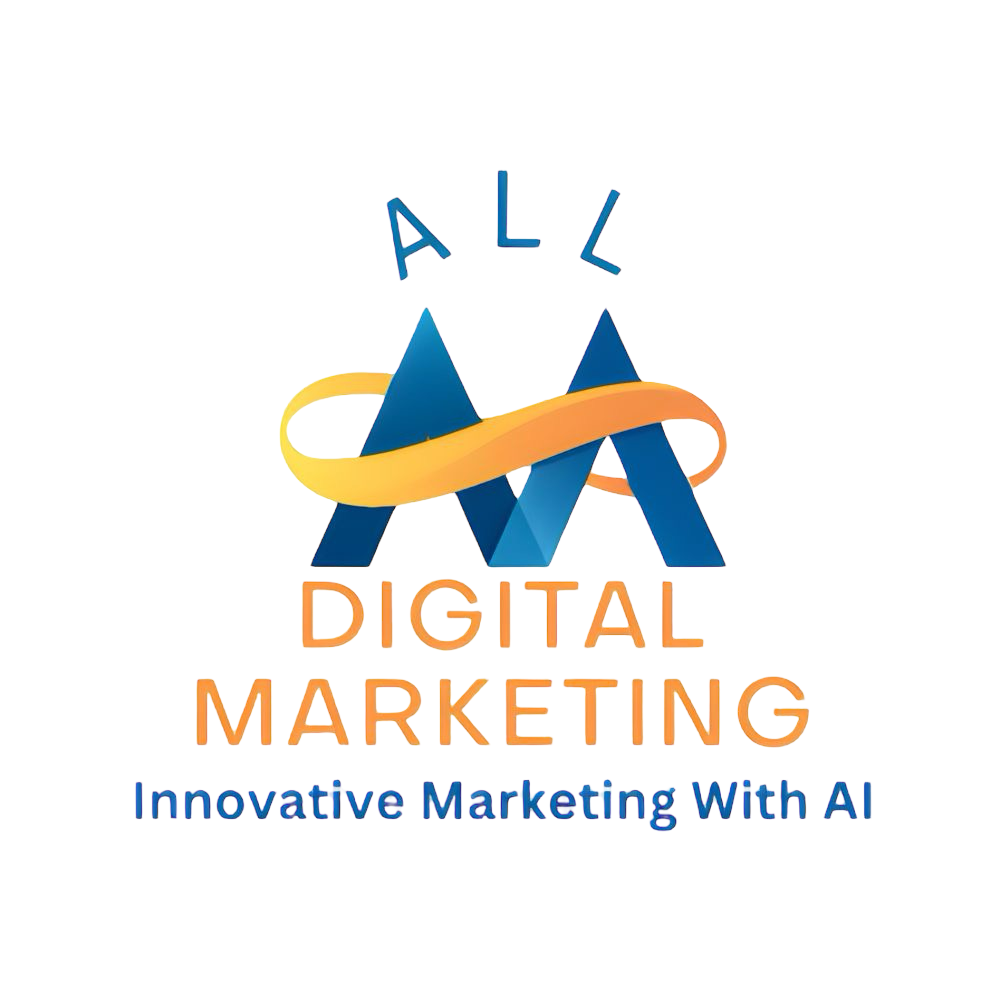The holiday season isn't just about twinkling lights and cozy gatherings – it's also the ultimate shopping season! ? As a small business owner, this is your golden opportunity to boost sales and connect with customers. But how do you stand out in the sea of holiday promotions without emptying your wallet? Don't worry, we've got you covered with some budget-friendly, actionable holiday marketing tips that'll make your business shine brighter than a star on top of a Christmas tree! ?
Key Takeaways
The holiday season is a prime opportunity for small businesses to boost sales
Effective holiday marketing doesn't have to break the bank
Engage customers with sales, contests, and seasonal content
Leverage social media and email marketing for cost-effective promotion
Collaborate with other businesses and charities for mutual benefit
Focus on creating value and solving customer problems during the busy season
It's never too late to start your holiday marketing efforts

1. Hold a Sale That'll Jingle All the Way to the Bank
Everyone loves a good deal, especially during the holiday shopping frenzy. Hosting a sale is like rolling out a red carpet for your customers – it invites them in and makes them feel special.
Examples:
A bookstore offering "Buy 2 books, get 1 free"
A pet shop with a "12 Days of Christmas" sale, featuring a different pet product each day
A coffee shop providing a "Holiday Blend Bundle" at 20% off
Pro Tip: Create urgency with limited-time offers. "This weekend only: 30% off all sweaters!" can drive quick decisions.
2. Create Stocking Stuffer Bundles That'll Stuff Your Profits
Bundling products is like offering a ready-made gift basket – it's convenient for shoppers and profitable for you. Think of complementary items that make sense together.
Examples:
A beauty store bundling lip gloss, nail polish, and a mini makeup bag
A gourmet food shop creating a "Cozy Night In" bundle with hot cocoa, marshmallows, and a festive mug
A toy store offering a "Budding Artist" bundle with crayons, coloring books, and stickers
Pro Tip: Offer a small discount on the bundle compared to buying items separately to incentivize the purchase.
3. Extend Your Hours to Extend Your Profits
The holidays are busier than Santa's workshop, so give your customers more time to shop by extending your hours.
Examples:
A boutique staying open until 8 PM on weeknights in December
A bakery opening at 6 AM for early bird shoppers
A gift shop adding Sunday hours during the holiday season
Pro Tip: Promote your extended hours on social media and with signage to ensure customers know when you're available.
4. Partner with Other Businesses for a Holiday Dream Team
Two (or more) businesses are better than one! Team up with complementary businesses to cross-promote and reach new customers.
Examples:
A local gym partnering with a health food store for a "New Year, New You" promotion
A florist collaborating with a chocolate shop for Valentine's Day gift packages
A car wash teaming up with an auto parts store for a "Holiday Road Trip Ready" package
Pro Tip: Choose partners whose customer base overlaps with yours but isn't identical for maximum reach.
5. Sleigh Your Social Media Game
Social media is your direct line to customers – use it to spread holiday cheer and promotions!
Examples:
A jewelry store showcasing daily "Sparkle Spotlight" features on Instagram
A restaurant posting mouth-watering photos of holiday specials on Facebook
A craft store creating Pinterest boards with DIY holiday decoration ideas using their products
Pro Tip: Use holiday hashtags like #ChristmasShopping or #HolidayDeals to increase visibility.
6. Craft a Newsletter That's Merry and Bright
Your email list is like Santa's nice list – these are people who want to hear from you! Make your holiday newsletter something they look forward to opening.
Examples:
A wine shop sending weekly "12 Wines of Christmas" recommendations
A travel agency crafting a "Dreaming of a White Christmas" newsletter with winter getaway ideas
A home goods store creating a "Home for the Holidays" series with decorating tips
Pro Tip: Include exclusive subscriber-only deals to reward your loyal customers.
7. Share Holiday Content That'll Warm Hearts (and Wallets)
Create content that's useful and relevant to the season. It's not just about selling – it's about adding value to your customers' lives.
Examples:
A kitchenware store sharing "5 Easy Holiday Appetizer Recipes"
A clothing boutique creating a "Holiday Party Outfit Guide for Every Dress Code"
A hardware store posting "10 Energy-Saving Tips for Holiday Lights"
Pro Tip: Encourage engagement by asking questions or running polls. "What's your favorite holiday tradition?" can spark lively discussions.
8. Create a Gift Guide That'll Guide Shoppers to Your Store
A well-crafted gift guide is like a treasure map leading straight to your products. Make it easy for shoppers to find the perfect gift.
Examples:
A bookstore creating guides like "For the Mystery Lover" or "Children's Bedtime Stories"
A sporting goods store organizing guides by activity: "For the Hiker," "For the Yogi," etc.
A gourmet food shop segmenting guides by price point: "Luxe Gifts Under $100," "Stocking Stuffers Under $20"
Pro Tip: Include a mix of price points to cater to various budgets.
9. Wrap Up Sales with Festive Packaging
Make your products gift-ready with holiday-themed packaging. It's an extra touch that can make your items more appealing as gifts.
Examples:
A candle maker using gold and silver gift boxes for the holiday season
A soap company wrapping products in recyclable paper with pine tree prints
A local honey producer adding festive ribbons to their jars
Pro Tip: Offer complimentary gift wrapping to make last-minute shopping even more convenient.
10. Run a Contest That'll Get Customers Excited
Contests create buzz and encourage engagement with your brand. Make them fun and relevant to the season.
Examples:
A photo studio running an "Ugly Sweater Selfie" contest on Instagram
A pet store hosting a "Holiday Pet Costume" competition
A bakery challenging customers to guess the number of candies in a giant gingerbread house
Pro Tip: Make sure the prize is desirable enough to motivate participation – perhaps a gift card to your store or a popular product.
11. Give Back with a Charitable Initiative
Show your holiday spirit by giving back to the community. It's good for the soul and good for business.
Examples:
A toy store running a "Buy One, Donate One" campaign for local children's charities
A grocery store offering customers the option to round up their purchase to the nearest dollar for food bank donations
A salon donating a percentage of holiday gift card sales to a local shelter
Pro Tip: Choose a cause that aligns with your business values and resonates with your customer base.
12. Host a Virtual Holiday Event That Brings People Together
In our digital world, virtual events can be just as engaging as in-person ones. They're cost-effective and can reach a wider audience.
Examples:
A cooking supply store hosting a live virtual cookie decorating class
A craft store running an online "12 Days of Craftsmas" with daily DIY ornament tutorials
A bookstore organizing a virtual "Holiday Story Time" series for kids
Pro Tip: Make it interactive! Use features like polls, Q&A sessions, or breakout rooms to keep participants engaged.
See How Digital Marketing Can Drive More Traffic to Your Website
Brand Voice Strategy – Let our team help you create your brand voice to attract your ideal customer.
Keyword Weak Spot Report – Let our team show you where you can gain additional traffic that you are missing.
Local SEO - unlock more SEO traffic. See real results. Dominate your local marketing.
Content Marketing - our team creates epic content that will get shared, get links, and attract traffic. Remember that Google now looks at a business’s social media when ranking a website! Be sure your content on social is optimized!
Paid Media - effective paid strategies with clear ROI.
FAQs
Q: How early should I start planning my holiday marketing?
A: Ideally, start planning 2-3 months in advance. This gives you time to create campaigns, order inventory, and build excitement. However, it's never too late to start – see the next question for last-minute strategies!
Q: Help! It's already November and I haven't started my holiday marketing. What can I do?
A: Don't panic! While early planning is ideal, you can still make an impact with these quick-start strategies:
Focus on digital: Ramp up your social media presence and email marketing immediately.
Create a sense of urgency: Launch "last-minute gift" promotions or "12 Days of Christmas" countdown deals.
Leverage existing assets: Quickly update your website with holiday imagery and create a holiday gift guide using your current inventory.
Partner up: Reach out to complementary local businesses for cross-promotions to expand your reach quickly.
Offer convenience: Promote services like gift wrapping, local delivery, or extended hours to attract busy shoppers.
Q: What if I have a limited marketing budget?
A: Focus on low-cost strategies like social media marketing, email campaigns, and partnerships with other local businesses. Creativity often trumps big budgets! Consider:
User-generated content campaigns (ask customers to share photos with your products)
Loyalty program promotions (double points for holiday purchases)
Guerrilla marketing tactics (sidewalk chalk ads, festive window displays)
Ask for reviews and put them on all your social media sites.
Q: How can I make my small business stand out against big retailers during the holidays?
A: Emphasize your unique qualities:
Personalized service (offer gift consultations)
Local connection (highlight your community involvement)
Unique products (showcase items not found in big box stores)
Flexibility (offer custom orders or local delivery)
Experience (create in-store events or workshops)
Q: Should I offer free shipping during the holidays?
A: If possible, yes. Free shipping can be a major deciding factor for online shoppers. If you can't offer it on all orders, consider:
Setting a minimum purchase amount for free shipping
Offering free shipping on specific items or during limited time frames
Providing local pickup options as an alternative
Q: How do I measure the success of my holiday marketing efforts?
A: Track key metrics such as:
Sales increases (compare to regular periods and previous holiday seasons)
Website traffic and conversion rates
Email open rates and click-through rates
Social media engagement (likes, shares, comments)
Coupon code usage for specific promotions
New customer acquisition
Q: What types of content work best for holiday marketing?
A: Effective holiday content includes:
Gift guides for different personas (e.g., "For the Tech Lover," "For the Foodie")
How-to guides (gift-wrapping tutorials, holiday recipes)
Behind-the-scenes content (holiday prep in your store)
Customer spotlights (share how your products make great gifts)
Seasonal tips related to your industry
Q: How can I encourage repeat business after the holidays?
A: Try these strategies:
Include bounce-back coupons with holiday purchases
Offer a New Year's promotion to use gift cards received as presents
Create a post-holiday email campaign to showcase new inventory
Launch a loyalty program during the holidays that extends into the new year
Host a "Christmas in July" event to remind customers of your holiday offerings
Q: Is it worth investing in paid advertising during the holidays?
A: Paid advertising can be effective if targeted correctly. Consider:
Retargeting ads for website visitors who didn't purchase
Local search ads to capture "near me" shoppers
Social media ads targeting interest groups relevant to your products Start with a small budget and monitor ROI closely to determine if scaling up is worthwhile.
Q: How can I make my email marketing stand out in crowded inboxes?
A: To increase open rates and engagement:
Use compelling subject lines (e.g., "Your exclusive holiday offer inside!")
Segment your list to send targeted offers
Include interactive elements like GIFs or countdown timers
Optimize for mobile viewing
Time your sends strategically (test different days/times)
I hope you enjoy reading this blog post. If you want my team to just do your marketing for you, Click Here
 Add Row
Add Row  Add
Add 







